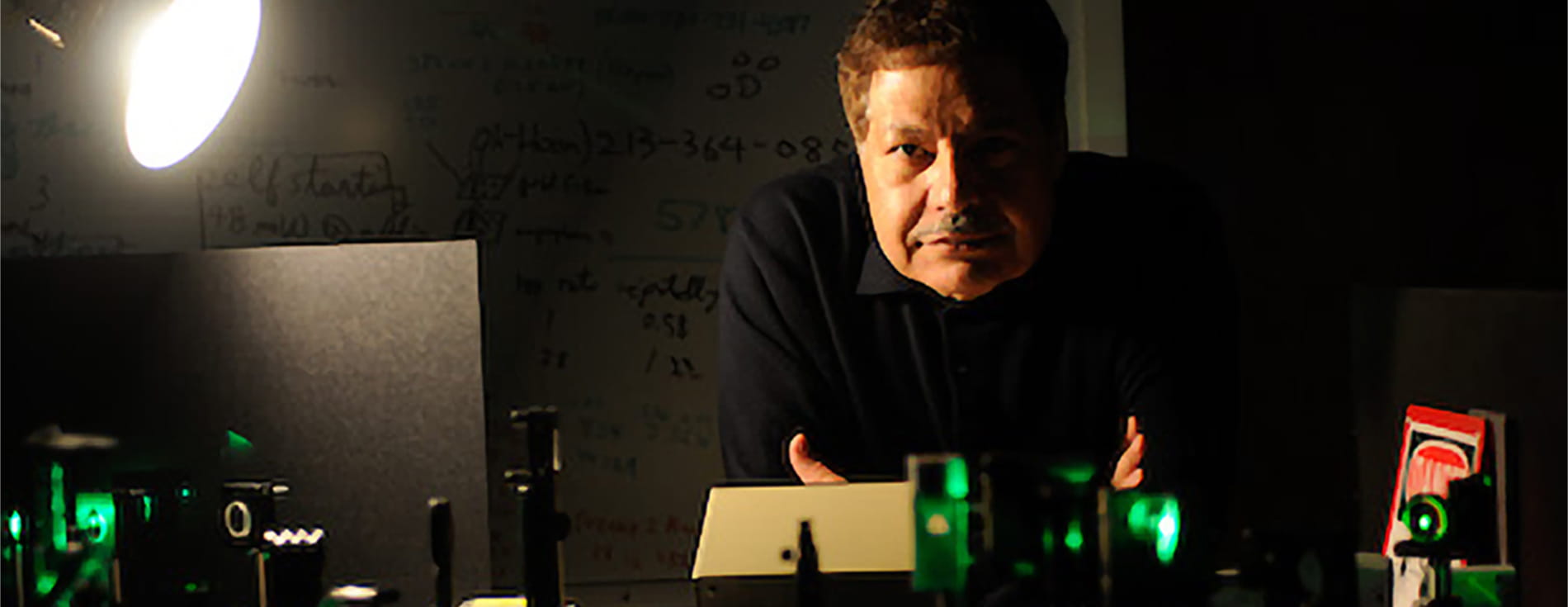
The World's Fastest Scientist
Born in the Nile Delta, Ahmed Zewail became the first scientist to record molecules while they were undergoing chemical reactions that take place in a few millions of a billionth of a second. This established the field of femtochemistry and earned him the 1991 Nobel Prize in Chemistry. In November 2009, he was appointed one of the first three US Science Envoys to the Middle East, and he passed away on August 2, 2016.
--the Editors

The love of science and math and the love of Egyptian culture are interwoven throughout Zewail’s life history. His 1946 birthplace was Damanhur, which, as he enjoys pointing out, lies between Alexandria and Rosetta, two cities noted for their importance to the world’s intellectual heritage. The famous Rosetta Stone, which Jean-François Champollion used to decode ancient Egyptian hieroglyphic and demotic texts, was unearthed in Rosetta in 1799. And the renowned Library of Alexandria was the greatest library of ancient times, containing hundreds of thousands of papyrus scrolls. For Zewail these cities were more than aspects of local history; they were an inspiration to scholarship.

His growing-up in Desuq, a small town on the east bank of the Rosetta branch of the Nile, was a magical time for Zewail. He writes lovingly of his mother, Rawhia Dar, and father, Hassan Ahmed Zewail. His parents strongly supported his study of science and only lightly chastised him when he missed a point or two on a test at school. But in many ways, he notes in his autobiography, “we had a much bigger family—the people of Desuq. Families knew each other well, shared happy and difficult times, and valued interdependence….” At dawn, Zewail and the other children of Desuq rose and went to study at the nearby Sidi Ibrahim al-Desuqi mosque—a place of learning as well as prayer.
Fascinated by how science and technology worked, Zewail, then a student, once used an Arab coffee-roaster to heat wood chips in a test tube in an attempt to produce wood gas. To test whether his experiment was succeeding, he applied a lit match to the output of his apparatus and nearly set his bedroom aflame. On another occasion, the young Zewail decided to take his uncle’s car out for a spin. He’d never had a driving lesson, but he’d learned how a car operated—in theory. His drive along the banks of the Nile barely avoided a potentially fatal plunge into the river. Decades later, in 1999, when he was awarded Egypt’s highest state honor, he remembered his days growing up along the Nile. Egypt has never been far from his thoughts.
Zewail studied chemistry at the University of Alexandria and upon graduation in 1967 was appointed as a moeid, or demonstrator, at the university, teaching undergraduates while conducting his own graduate studies. One of the biggest decisions he made at this time was to leave Egypt in 1969 and go to America to pursue a Ph.D. at the University of Pennsylvania.
America presented Zewail with cultural and language challenges, but did not dim his vibrant optimism. Earning his Ph.D. in chemistry in 1974, he moved west to the University of California at Berkeley and then, in 1976, joined the faculty at Caltech, arriving with a raft of published scholarly papers in chemistry and physics to his credit.
At Caltech, Zewail proposed investigating what physicists and chemists call coherence; he contemplated experiments to study this phenomenon in single molecules as well as among billions of them. The difference between coherent and incoherent molecular vibration is akin to the difference between a marching band and a random crowd of people walking down the sidewalk: The feet of people in a crowd move in a random, incoherent manner; a marching band displays coherence when each musician moves his or her feet up and down in unison, in step with the music. If you know someone is in the marching band, then you can tell how that person’s feet are moving by watching the whole band—you don’t have to pick out the individual. Similarly, on the atomic level, you can study the vibrations of a molecule if it is part of a large group of coherently vibrating molecules. And if you know how molecules vibrate, you can begin to predict how they will react with each other—which is the essence of the science of chemistry.
Some of his chemistry colleagues argued that Zewail’s experiments with coherence would never succeed. But he pushed ahead to do experiments that others thought theoretically impossible, perhaps because his youthful experience crashing his uncle’s car had taught him the difference between theory and practice. Zewail’s belief in coherence was justified in 1980 when he and his fellow researchers demonstrated coherent vibrations in isolated molecules of the hydrocarbon anthracene. This demonstrated the reality of coherence within molecules and put chemists on the road to using coherence to predict chemical behavior; it was his first major breakthrough.
Zewail wanted to see further. Although he’d never used a laser before coming to America, Zewail recognized that if you had a laser that produced very short pulses of light, you could use it to watch chemical reactions actually happening. To work, though, the pulses had to be extremely short—only a few femtoseconds in duration, a billion times shorter than had been achieved until then. At Bell Labs, Erich Ippen and Charles Shank developed the first femtosecond laser and Zewail integrated it into his apparatus.

The impact of Zewail’s research was acknowledged when he was awarded a solo Nobel Prize. The Swedish Academy of Sciences noted that Zewail “brought about a revolution in chemistry” by enabling us to “see the movements of individual atoms.” The Nobel Prize committee recognized that Zewail’s work allows us to “understand and predict important [chemical] reactions.” Today, Zewailis the Linus Pauling Professor of Chemistry, professor of physics and director of the National Science Foundation Laboratoryfor Molecular Sciences at Caltech. He is widely respected as the founder of the field of femtochemistry and continues to build on the work that won him the Nobel Prize. Currently, he and his colleagues are developing techniques for four-dimensional (that is, the familiar three dimensions of space plus time), ultra-fast electron microscopy and diffraction. Among many other applications, these techniques will be used to study the folding of proteins and their misfolding, which appears to be involved in a number of diseases such as Alzheimer’s and in some forms of obesity.
Seeing beyond the walls of his laboratory, Zewail frequently gives public lectures stressing the importance of fundamental scientific research. Although declining numbers of students choose to major in the sciences, he is optimistic that this decades-old trend can be reversed. With one foot in America and one in Egypt, he is perhaps uniquely situated to understand the difficulties faced by scientists in both countries. “I am an optimist,” he says, and at every opportunity he speaks about the importance of the promotion of science and technology in developing countries. “Young scientists,” he says, “shouldn’t have to leave Egypt to dream big and to engage in frontier science and technological advancements.” In Egypt, he has promoted the building of a new university of science and technology on the outskirts of Cairo. This new institution, he hopes, will grow to become Egypt’s own Caltech.
One of the remarkable aspects of Zewail’s autobiography, Voyage Through Time, is that it is replete with the names of hundreds of friends and acquaintances, ranging from Umm Ibrahim, the street vendor who sold him falafel sandwiches during his school days, to President Hosni Mubarak of Egypt. Over the years, he has worked with more than 300 scientists, graduate students, postdocs and other researchers—about 10 percent of them fellow Arabs—from around the globe. That collaboration will only grow with Zewail’s appointment as a Science Envoy, announced by Secretary of State Hillary Clinton in Morocco November 3, which followed his appointment earlier in 2009 to President Obama’s Council of Advisors on Science and Technology. The Caltech professor called the assignment as a scientist-diplomat “a great honor,” and added that, after years of researching the dynamics of chemical bonds, “I look forward to helping forge new bonds among nations.”
Ahmed Zewail lived and worked half a world away from his Egyptian birthplace. He was both Egyptian and American. In his office at Caltech, he still listened to CD recordings of Umm Kulthum as he continued to work on a new set of problems in science—and in the world.
About the Author
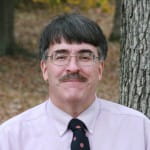
Andrew A. Sicree
Geochemist, mineralogist and science writer Andrew A. Sicree teaches university geosciences and conducts research for mining, oil and gas industries. He lives and works near State College in central Pennsylvania.
Nik Wheeler
Nik Wheeler (www.nikwheeler.com) first worked for Aramco World and Saudi Aramco World in the 1970's. illustrating some 20 articles as well as special issues on Central Asia, China and the Silk Roads. His book "The Most Beautiful Villages and Towns of the Pacific Northwest" was published in 2011.
You may also be interested in...
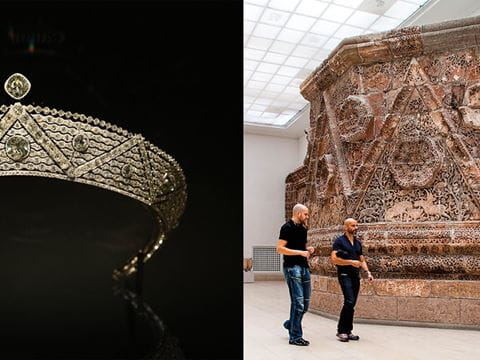
Cartier and Islamic Design’s Enduring Influence
Arts
For generations Cartier looked to the patterns, colors and shapes of the Islamic world to create striking jewelry.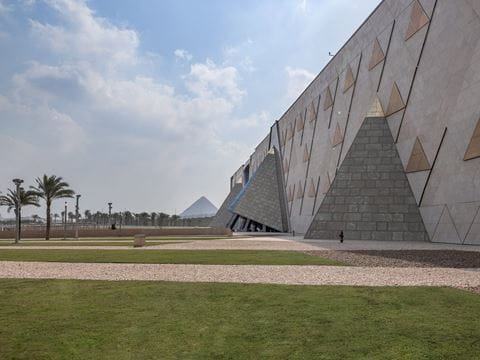
Grand Egyptian Museum: Take a Tour of the New Home for Egyptian Artifacts
Arts
The Grand Egyptian Museum has officially opened its doors, revealing treasures from the ancient Egyptians and their storied past.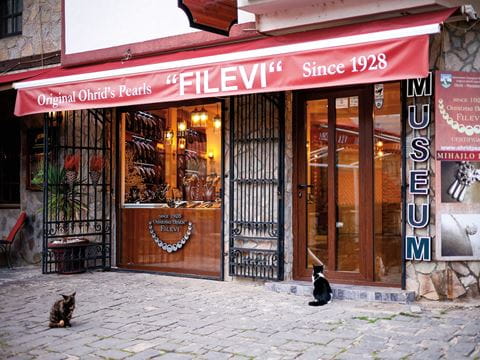
Family Secret: The Mystery of North Macedonia’s Ohrid Pearls
Arts
Artisans are preserving the elusive technique behind these pearls—handmade from a fish, not an oyster—in a town of Slavic, Byzantine and Ottomon influences.
